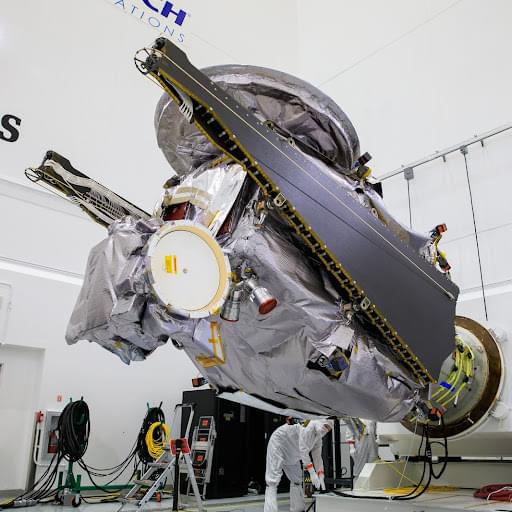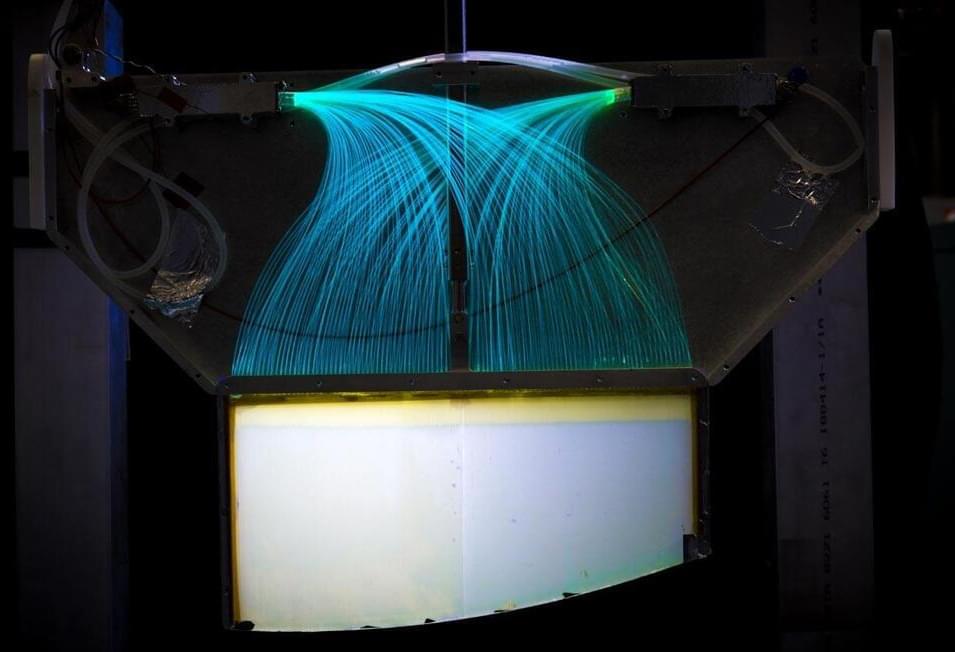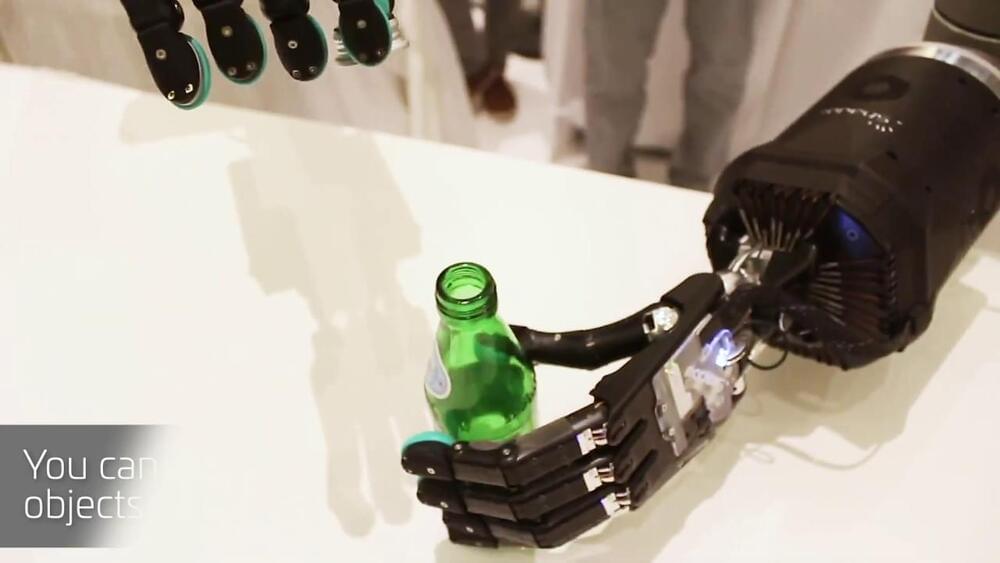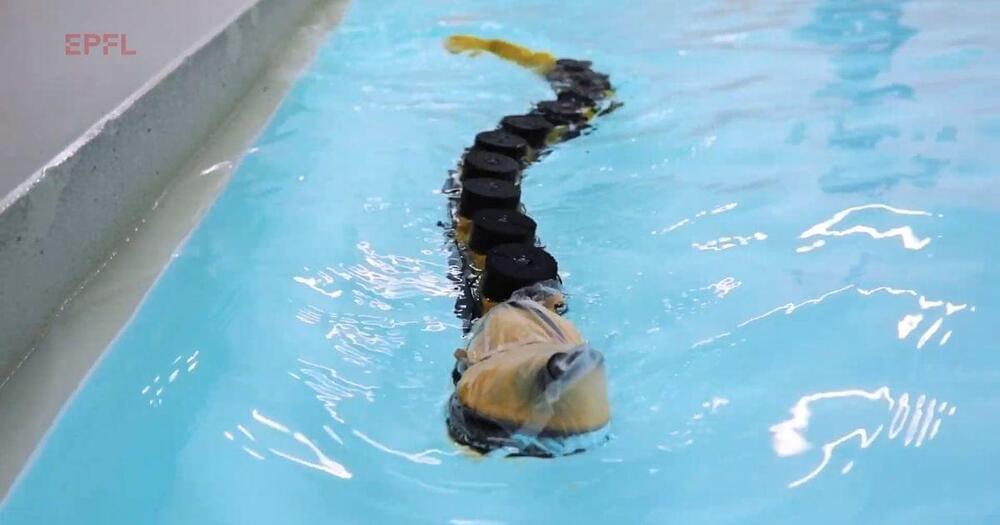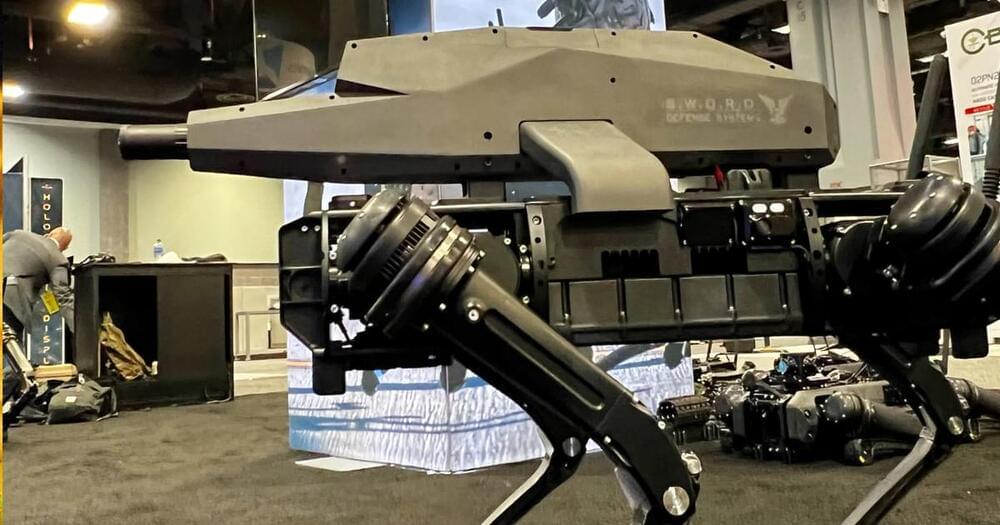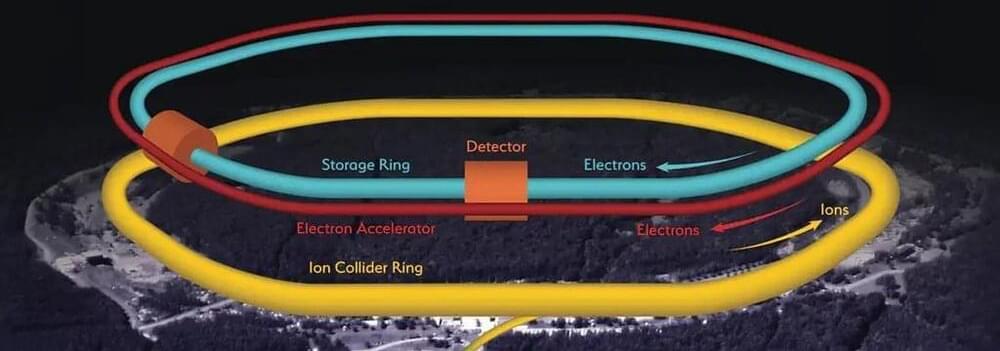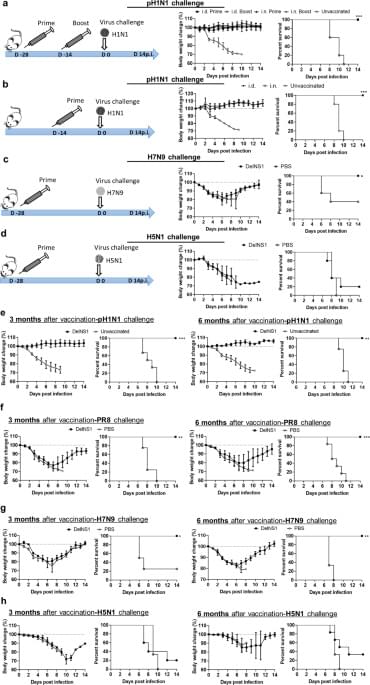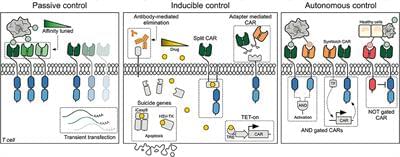NASA, along with the European Space Agency, is developing a campaign to return the Martian samples to Earth.
NASA is getting ready to launch a new science spacecraft Saturday (Oct. 16) to study asteroids near Jupiter, and you can watch mission coverage live all week.
Lucy — which will study Trojan asteroids, or asteroids that share the orbit of the giant planet — will fly to space from Cape Canaveral Space Force Station in Florida aboard a United Launch Alliance Atlas V rocket. With blast-off targeting 5:34 a.m. EDT (0934 GMT), live launch coverage will begin at 5 a.m. EDT (0900 GMT) on NASA Television, the NASA app, NASA social media channels and here at Space.com.
An international team of researchers has made the world’s most precise measurement of the neutron’s lifetime, which may help answer questions about the early universe.
An international team of physicists led by researchers at Indiana University Bloomington has announced the world’s most precise measurement of the neutron’s lifetime.
The results from the team, which encompasses scientists from over 10 national labs and universities in the United States and abroad, represent a more than two-fold improvement over previous measurements — with an uncertainty of less than one-tenth of a percent.
Human Brain atlas.
From robotic hands to brain-like computers, the Human Brain Project has produced some intriguing results.
Thanks to artificial intelligence, drones can now fly autonomously at remarkably high speeds, while navigating unpredictable, complex obstacles using only their onboard sensing and computation.
This feat was achieved by getting the drone’s neural network to learn flying by watching a sort of “simulated expert” – an algorithm that flew a computer-generated drone through a simulated environment full of complex obstacles. Now, this “expert” could not be used outside of simulation, but its data was used to teach the neural network how to predict the best trajectory, based only on the data from the sensors.
The robot AgnathaX is modeled on the lamprey, a jawless, blood-sucking fish that’s been largely unchanged by evolution for the past several hundred million years.
When the Nobel Prize-winning US physicist Robert Hofstadter and his team fired highly energetic electrons at a small vial of hydrogen at the Stanford Linear Accelerator Center in 1,956 they opened the door to a new era of physics.
Until then, it was thought that protons and neutrons, which make up an atom’s nucleus, were the most fundamental particles in nature.
They were considered to be ‘dots’ in space, lacking physical dimensions. Now it suddenly became clear that these particles were not fundamental at all, and had a size and complex internal structure as well.
To test whether LAIV is effective via intradermal route, 106 plaque forming units (PFU) of DelNS1-LAIV was i.d. injected to multiple groups of mice. One of the groups was boosted with second injection at 14 days after the prime vaccination. Unvaccinated control mice were injected with the same volume of PBS. The mice were intranasally challenged with 10x LD50 of H1N1/415742Md at 28 days after primary vaccination. Both single dose and two doses of i.d. vaccination induced good protection with no weight loss and 100% survival after virus challenge (Fig. 1a). Comparing i.d. vaccinated mice with i.n. vaccinated mice, there was no difference in body weight loss or survival rate (Fig. 1a), which suggested LAIV i.d. vaccination offered the same protective efficacy as i.n. vaccination. Remarkably, a single dose of i.d. vaccination fully protected mice against virus challenge with 100% survival and no weight loss (Fig. 1b).
To test the broadness of i.d. vaccination-induced immunity, H7N9 (A/Anhui/1/2013m) or H5N1 (A/VNM/1194/2004) challenges were performed at 28 days after a single dose of i.d. vaccination. H7N9 challenge caused sharp weight loss and 60% death in PBS control mice, while the vaccinated mice were 3 days quicker in body weight recovery and had 100% survival (Fig. 1c). However, i.d. DelNS1-LAIV only rescued the survival rate to 20% among the H5N1-challenged mice, versus 100% mortality in the PBS group (Fig. 1d).
We then studied the longevity of i.d. DelNS1-LAIV-induced immunity by challenging the vaccinated mice at 3 or 6 months after vaccination. Firstly, homologues virus H1N1/415742Md challenge did not cause body weight loss, nor lethality 3 or 6 months after vaccination (Fig. 1e), suggesting the protective immunity lasted at least for 6 months; Secondly, all vaccinated mice survived against an antigenically different H1N1 strain (PR8) challenge and regaining body weight starting day 7 post challenge (7dpi) (Fig. 1f). All vaccinated mice survived after H7N9 challenge though with a similar degree of weight loss comparing to the PBS control mice (Fig. 1g). The immunized mice challenged by H5N1 at 3 or 6 months had 30% and 20% survival, respectively, with a similar degree of weight loss comparing to the PBS controls (Fig. 1h).
Chimeric antigen receptor (CAR) T cells have emerged as a promising treatment for patients with advanced B-cell cancers. However, widespread application of the therapy is currently limited by potentially life-threatening toxicities due to a lack of control of the highly potent transfused cells. Researchers have therefore developed several regulatory mechanisms in order to control CAR T cells in vivo. Clinical adoption of these control systems will depend on several factors, including the need for temporal and spatial control, the immunogenicity of the requisite components as well as whether the system allows reversible control or induces permanent elimination. Here we describe currently available and emerging control methods and review their function, advantages, and limitations.
As a living drug, CAR T cells bear the potential for rapid and massive activation and proliferation, which contributes to their therapeutic efficacy but simultaneously underlies the side effects associated with CAR T-cell therapy. The most well-known toxicity is called cytokine release syndrome (CRS) which is a systemic inflammatory response characterized by fever, hypotension and hypoxia (5–7). CRS is triggered by the activation of CAR T cells and their subsequent production of pro-inflammatory cytokines including IFNγ, IL-6 and IL-2. This is thought to result in additional activation of bystander immune and non-immune cells which further produce cytokines, including IL-10, IL-6, and IL-1. The severity of CRS is associated with tumor burden, and ranges from a mild fever to life-threatening organ failure (10, 11). Neurologic toxicity is another serious adverse event which can occur alongside CRS (12).

